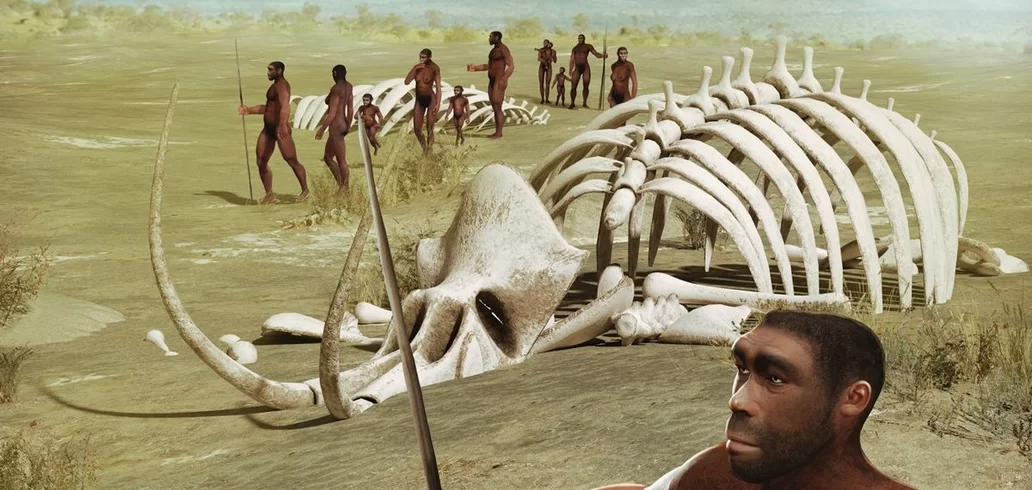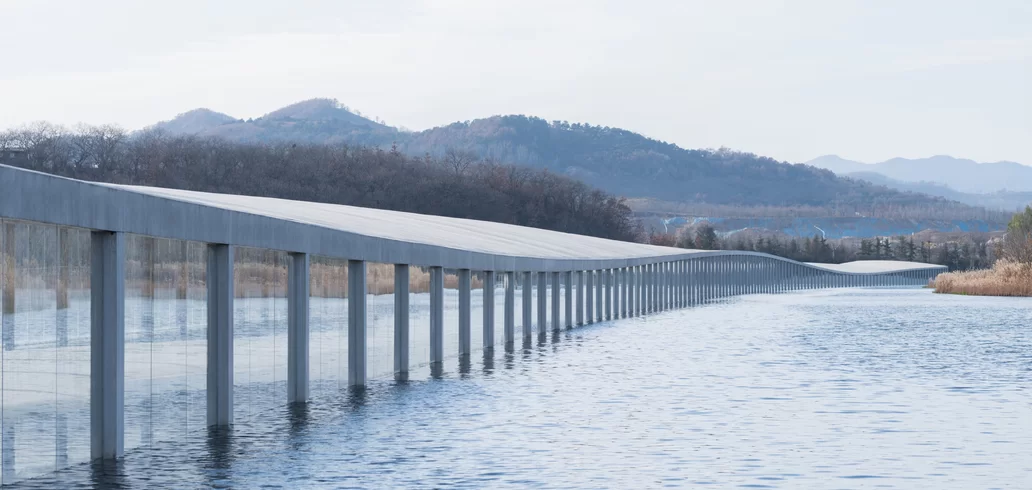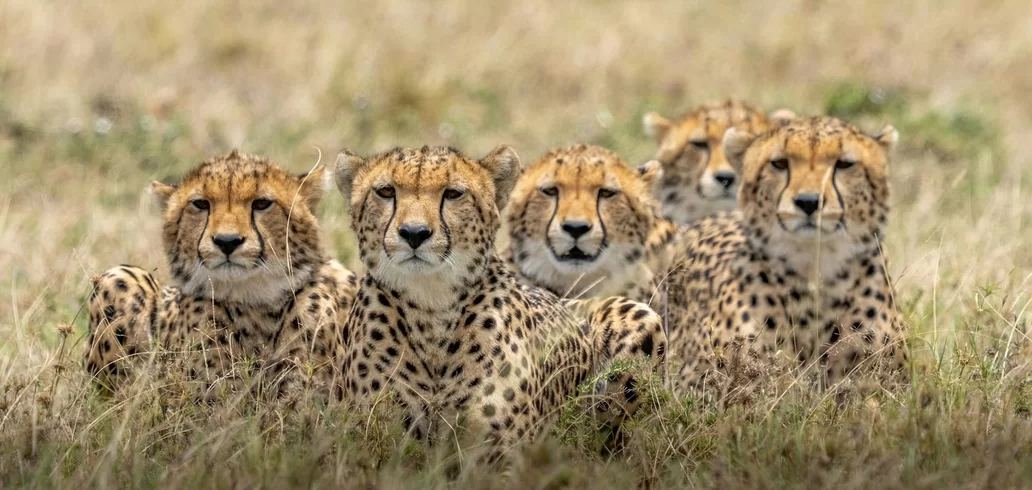Technology
With hurricanes much stronger, new 'category 6' to be created by scientists
Advertisement
More violent storms
Yes, more violent storms are becoming a growing concern due to climate change. As ocean temperatures rise and atmospheric conditions change, scientists have observed a trend toward more intense and destructive tropical storms. These storms can include hurricanes, typhoons, and cyclones, depending on the region of the world.
The effects of the most severe storms are devastating, including stronger winds, heavy rainfall, coastal flooding and significant damage to infrastructure. In addition, these storms can have severe socioeconomic impacts, displacing populations, destroying crops and negatively affecting local and regional economies.
To address this evolving reality, it is crucial that communities implement disaster preparedness measures, adopt climate change mitigation policies, and invest in resilient infrastructure. Continued research into the causes and effects of the most severe storms is also essential to better understand and respond to these extreme events.
Global warming
Global warming refers to the gradual increase in the average temperature of the Earth's atmosphere due to the emission of greenhouse gases such as carbon dioxide (CO2), methane (CH4) and nitrous oxide (N2O), mainly from human activities such as burning fossil fuels, deforestation and intensive agriculture.
This increase in temperature has a number of significant environmental, social and economic impacts. These impacts include:
1. **Climate change:** Global warming is causing changes in the climate, including more frequent and intense extreme weather events such as storms, droughts, floods, and heat waves.
2. **Melting ice caps and glaciers:** Rising temperatures are contributing to the accelerated melting of ice caps and glaciers, which is raising sea levels and threatening coastal communities around the world.
3. **Impacts on biodiversity:** Global warming is affecting natural habitats, leading to biodiversity loss, species extinction and imbalances in ecosystems.
4. **Food security risks:** Climate change is impacting agricultural production, with droughts, floods and extreme weather events damaging crops and reducing food security in many regions.
5. **Public health threats:** Rising temperatures are linked to a range of health problems, including heat-related illnesses, the spread of vector-borne diseases, and psychosocial impacts.
To address the challenges of global warming, coordinated actions are needed at local, national and global levels, including reducing greenhouse gas emissions, transitioning to renewable energy sources, adopting sustainable agricultural practices and strengthening the resilience of communities vulnerable to the impacts of climate change.





